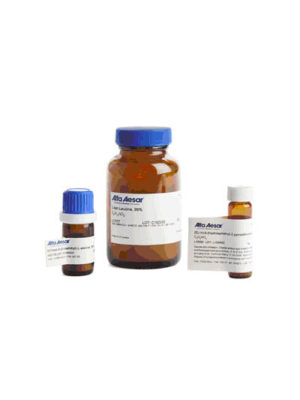Silanols

Silanols
Silanols refer to the class of compounds bearing the functional group Si-OH akin to the hydroxyl functional group (CûOûH) of alcohols. Unlike alcohols, they are more acidic. Owing to their acidity, silanols, particularly arylsilanols, can be completely deprotonated in aqueous solutions. The anion so formed can function as a ligand used as support for catalysts. Silanol-terminated silicon finds extensive application in the area of surface modification. Trimethylsilanol, when applied on silicate surfaces, reacts with silanol groups on the surface forming a hydrophobic layer of methyl groups. This technique has extensive application, with Magic Sand being a commercial example. Silanols have long been used in curing silicone polymers.
Silanol resins are resins coated with silanol groups (Si-OH). These reactive groups quickly condense together to form a hard coating upon evaporation of the solvent. Silanol-terminated silicone polymers are used in the manufacture of sealants and adhesives. Sol-gel processes involving for instance Si(OEt)4, generally proceed through silanol intermediates. In biology, silanols have the property of opposing lipid peroxidation and consequent free radical formation. They are thus endowed with the property of a normalizer and regulator of cell division and metabolism.


